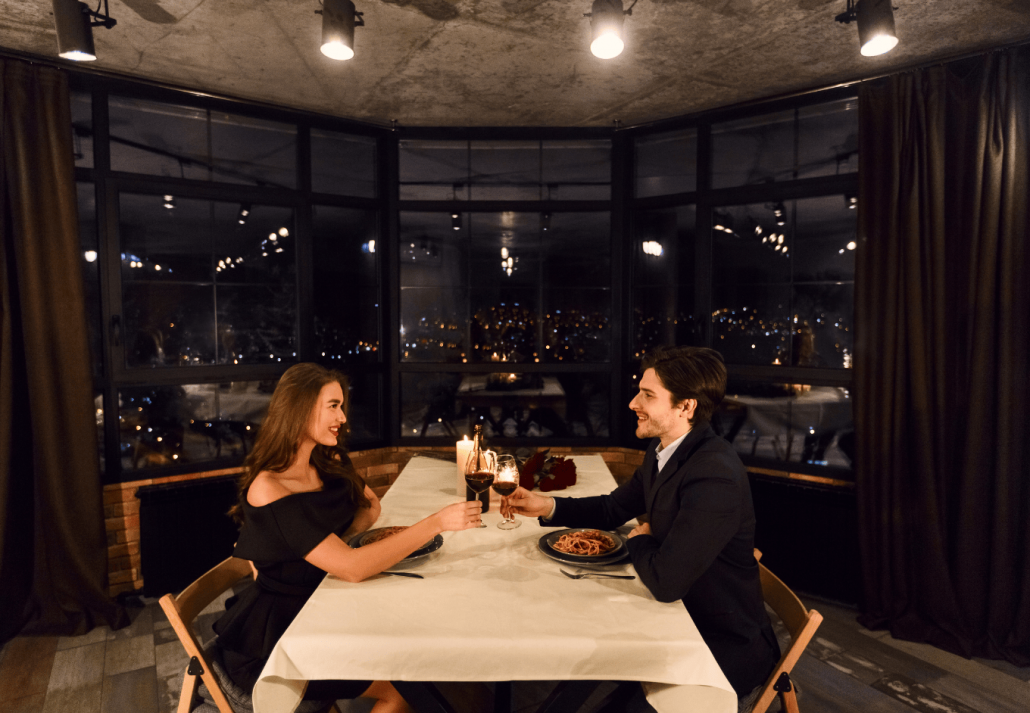Turn customers into community members — how community transformed the Gymshark experience
My transformation from serving customers to nurturing a community didn't happen overnight. It started with a crisis. Gymshark’s infamous Black Friday 2015 catastrophe happened during my first week: Our website crashed on one of the busiest shopping days of...

My transformation from serving customers to nurturing a community didn't happen overnight. It started with a crisis. Gymshark’s infamous Black Friday 2015 catastrophe happened during my first week: Our website crashed on one of the busiest shopping days of the year. Orders failed. Customer support lit up. Social media exploded. We were trending — but not for the reasons anyone hoped. I braced for digital war. To top it off, the BBC showed up bright and early the next morning to document the chaos. Cameras, questions, and crew — all while the team was still recovering from a sleepless night. And yet, something wild happened: Our customers didn’t leave. They leaned in. Gymshark audience remained strong, showing their loyalty to the brand and even feeling compassion toward us during the situation. Why? They felt like they were part of a community. Gymshark offered customers a sense of belonging. The guest and the business were going on a fitness journey together. Below, I’ll discuss how community can transform your business trajectory. Then, I’ll share tips on building community from my time at Gymshark. A community isn't just a group that happens to use the same product or service — it’s a living ecosystem where people feel a genuine sense of belonging. It's where transactions transform into relationships, and casual buyers become passionate advocates. In today's hyper-competitive business landscape, community matters more than any marketing tactic or sales strategy because it creates the one thing money can’t buy: genuine emotional connection. Community is a competitive advantage that can't be copied. The importance of community stretched beyond my first week at Gymshark. The second challenge arose later when I attempted to polish up the brand. I wanted to emulate bigger companies like Nike, Adidas, and Puma. The attempt backfired. The audience gradually became less engaged. Aspirational was cool, but they wanted to stay connected to the brand. This didn't just impact engagement. Sales were gradually tailing off too. I started listening more to our audience, analyzing feedback from our comment section, studying competitor influencers, and monitoring what resonated in their posts. The pattern confirmed what our brand was built on from the beginning: Our audience wasn't looking for flashy ads or poetic language — they wanted to feel like true participants in our brand. Frustrated by our messaging approach, I reached out to early customers and simply asked, “What's missing?" Their feedback reinforced our founding vision. The product itself was good, but our communication didn’t highlight the community aspect enough. They were looking for more than just a transaction. They craved that sense of belonging we'd always intended to create. They wanted to share experiences with others using our products — exactly what the brand was meant to foster from day one. This revelation didn't change our brand’s purpose but rather reminded us to return to our roots. We needed to better communicate what we'd always been about: building a community, not just selling a product. The insights I gained from listening to our community helped me grow Gymshark’s social presence from 1.5 million followers to 20 million between 2015 and 2022. That journey contributed to the brand achieving a staggering £1.4 billion valuation ($1.8 billion U.S.). The Gymshark mission focused on taking a stand against toxic fitness culture while showing the power of consistency. Whether you're a footballer, basketball player, or boxer, the core principles of dedication, proper nutrition, and recovery remain the same, while the sport-specific skills and movements make up that differential 20%. This perspective helped unite our community across different fitness disciplines. Rather than separating athletes by their sport, we highlighted the universal elements that connect all training journeys. This approach made our messaging more inclusive and relatable, allowing people from various athletic backgrounds to feel part of the same community. People who believed in fitness became our community. At Gymshark, we weren't just selling fitness apparel. We were championing a certain belief system about fitness, community, and self-improvement. We focused relentlessly on what the brand stood for beyond products. Great communities aren't just about what you sell. They’re about what you and your customers believe in together. Lululemon isn't just selling yoga leggings — they’re championing mindful living. Liquid Death isn't just selling water; they’re celebrating a certain rebellious attitude. These companies aren't just selling things. They’re offering people a way to show the world who they are. Action you can take today: Define your "3%,” or the core belief that might alienate 97% of people but will deeply resonate with your true community. What's the thing you stand for that others might not? Write it down in one sentence. Instead of just delivering finished products, we started involving our community in the creation process. We launched Gymshark Insiders, where customers could share ideas, challenges, and feedback. We also engaged directly through comment sections, Instagram story polls, and in-person events. At first, I worried nobody would participate. But soon, it became the most valuable resource for our product development. People weren't just buying from us; they were co-creating with us. This is based on the simple insight that listening to your customers and delivering communications in ways they prefer is incredibly powerful. It ensures you never stray from what truly matters to your audience. Traditional companies talk AT you. Community-first companies talk WITH you. Today‘s most successful businesses don’t just have customers. They have collaborators. They respond to comments, showcase customer creations, and seek opinions before making decisions. Consider Glossier's approach to product development: They asked their community, “What do you wish existed?” Then, they created it. Glossier transformed makeup selling into a conversation about what beauty products should be. When developing our next feature at Gymshark, we didn't guess what people needed — we asked. Through polls, roundtable discussions, and prototype sharing, we created not just a better product but a community with genuine ownership in our shared creation. Nothing beats a “YOU ASKED, WE LISTENED” announcement. Trust me. Action you can take today: Ask your audience what they want. Create a simple poll, host an AMA (Ask Me Anything) session, or invite user-generated content. Find at least one way this week to make your people feel heard and involved in your process. Once we knew we wanted to build community, my team stopped chasing celebrity fitness models and started working with everyday athletes. That means we found people who hadn’t “made it” yet but who already had deep engagement, and more importantly, deep connection. We looked for creators with long-form attention — YouTubers who held their community’s time and trust. More than metrics, we looked at meaning. Could this person shift perspective? Could they move hearts — not just products? Once we found them, we invested. We asked for their opinions on products and let them meet each other. We created a connection behind the brand because we weren’t interested in transactional relationships. We wanted partnerships. I’ll never forget the first time a creator told me, “It feels like I’m part of the company.” That was the goal. When you make your collaborators feel like insiders, they become your loudest advocates. Action you can take today: Make a list of influencers with genuinely engaged audiences that align with your niche. From there, you can design custom ways to work with them. One of the most powerful shifts came when Gymshark created tiered access to different parts of our community. Everyone received value, but our most engaged members got special perks – early access to new products, direct access to our team, and invitations to events and our HQ. This wasn't about artificial scarcity. Our goal was to reward commitment and create spaces where deeper connections could form. The FOMO was real, and many onlookers yearned to get the same treatment, which created a commitment flywheel that drove engagement and mentions of the brand. We all want to feel like we're part of something exclusive. It’s why VIP areas exist and why “limited edition” items fly off the shelves. Nike's SNKRS app turns new shoe releases into events people get excited about. Sephora’s Beauty Insider program makes you feel like you've got backstage access. Even small brands are creating private groups, early access, and member-only experiences that make people feel they’re in on a secret. Action you can take today: Build one element of exclusivity into your brand. Whether it's early access to content, special perks for your most engaged followers, or a private community space, create something that makes people feel like they’re part of an inner circle. The pandemic had forced everything online, but as restrictions lifted, Gymshark took a risk and organized a small in-person retreat for our most active community members. Despite having built relationships entirely through screens, the chemistry when people met face-to-face was electric. That single weekend generated more ideas, collaborations, and word-of-mouth growth than months of online interaction. It reinforced what I'd suspected: Digital communities are powerful, but they’re even stronger when complemented with real-world experiences. When referencing Gymshark, it's important to talk about how we used IRL to disrupt URL (what I’ll call the digital space) and vice versa. The strongest, most influential communities are not just online. They exist in a mixed reality world where you leverage the strengths of one sector to amplify the other. If you create an in-person experience that can only be felt by the people physically present, you've missed an opportunity. Equally, if you only rely on digital interaction, you might achieve reach, but it remains passive. You don’t actually know how committed your audience is or how deep the connection truly runs. Real connections don't just happen through screens. The strongest communities find ways to mix online interaction with real-world experiences. Think about Peloton. You might be biking alone in your bedroom, but the leaderboards, live instructors, and friendly competitions make you feel like you're part of something bigger. Gymshark went even further by hosting workout events where their online followers could meet face-to-face and turn digital friendships into real ones. These events were instrumental in their growth from 1.5 million to 20 million followers. What I discovered is that even small in-person gatherings create what I call “temperature check moments” — defining experiences that strengthen bonds in ways purely digital connections cannot. Perhaps the most transformative change was shifting the spotlight away from our company and toward the amazing things our community members were accomplishing. Instead of case studies that highlighted our product, we created stories that celebrated the journeys of our members. Our content strategy flipped from “look at us” to “look at them.” The more we made our community the heroes of our story, the more they championed our brand to others. Companies like Airbnb, Notion, and Figma don't just show off their features — they showcase what amazing things their users have created. The more a company celebrates its users, the more those users become passionate supporters. When I implemented this strategy with clients, I found that user-generated content consistently outperformed company-created content by three to five times in terms of engagement. People trust peer stories far more than brand claims. The results spoke for themselves: Our customer acquisition costs plummeted because word-of-mouth became our primary growth channel. Our retention rates soared. People weren't just buying products. They were part of something they didn’t want to leave. Action you can take today: Shift the spotlight. Feature at least one customer story this week, celebrate a user achievement, or highlight something amazing your community has created. Make your people — not your products — the heroes of your narrative. By the time I left Gymshark, 95% of our content was community-led. But the biggest growth you couldn’t measure in metrics. It was in the message that said, “This brand made me believe in myself again.” It was in the tattoos. The gym murals. The proposals in branded hoodies. We didn’t just build an audience. We built identity. And when you build that right, you don’t just scale a brand. You shift culture. You don’t have to chase relevance. You become it.What is community, and why does it matter?
How I Discovered the Power of Community
Tips for Running Community — Insights From My Time at Gymshark

Standing for Something: Giving People a Flag to Rally Around
Tactical Approach
Talking With, Not At: Turning Buyers into Collaborators
Tactical Approach
Partnering Up: Finding the Right Creators
Tactical Approach
Making People Feel Special: Creating the Velvet Rope Effect
Tactical Approach
Disrupting IRL with URL and Vice Versa
Tactical Approach
Putting Customers in the Spotlight
Tactical Approach
Be a Community Builder

 Fransebas
Fransebas ![3 Community Management Templates [Free Kit]](https://no-cache.hubspot.com/cta/default/53/866a5201-b39e-4edb-9e7f-65c0d98a9ea0.png)








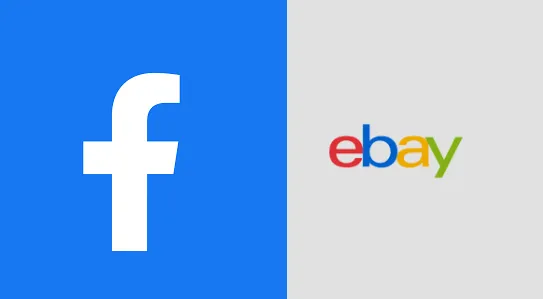
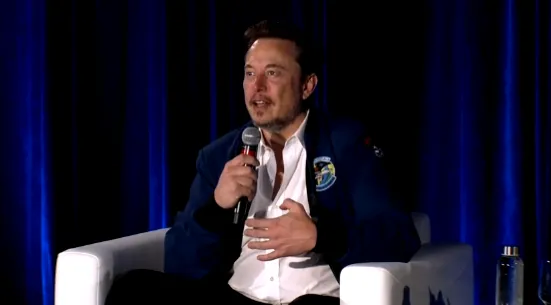
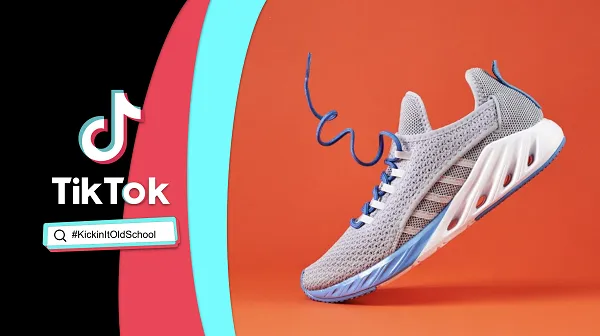








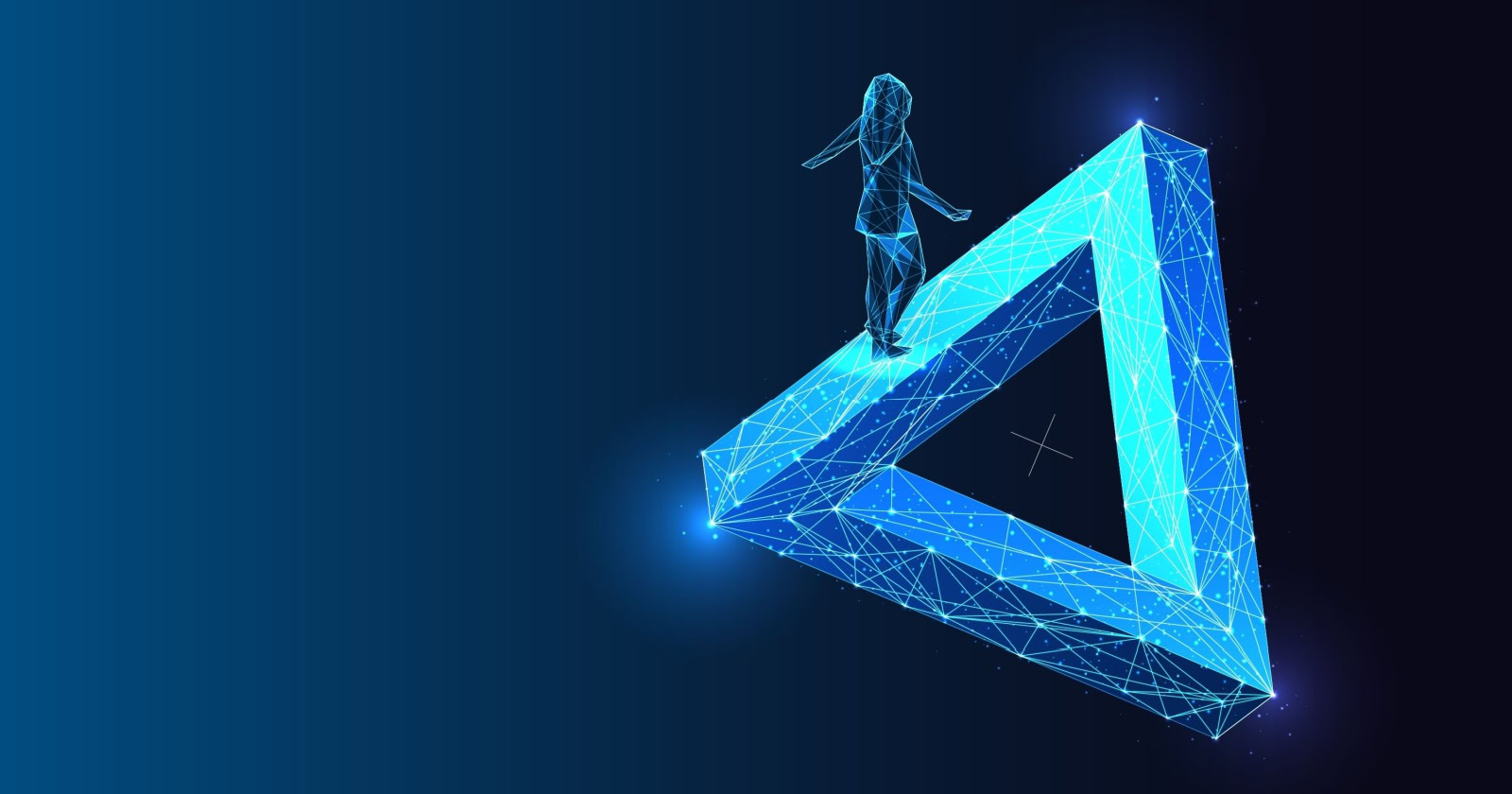
![The 2026 AI Search Benchmark Every SEO Leader Needs [Webinar] via @sejournal, @lorenbaker](https://www.searchenginejournal.com/wp-content/uploads/2025/11/1-259.png)






